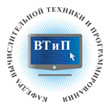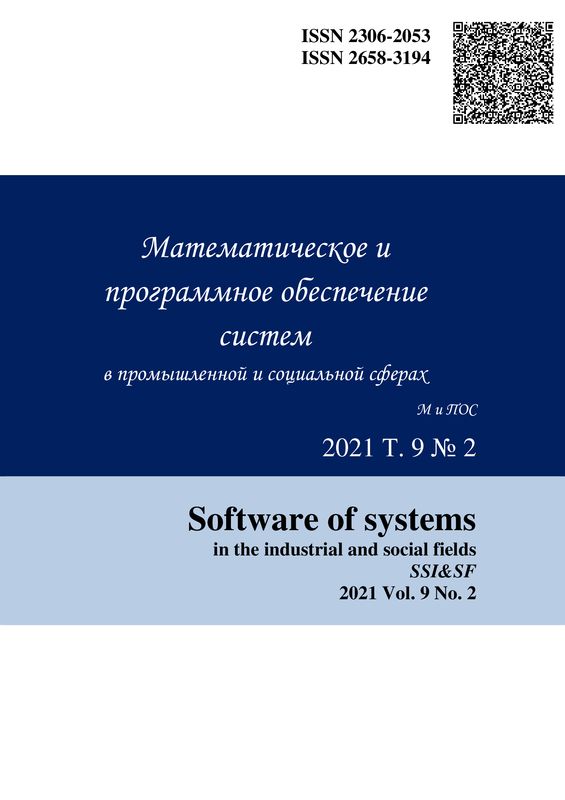Abstract
The solution of the forecasting problem plays an important role in the processes of both strategic planning and operational management in various fields of science and technology. The prediction of the time series is one of the most widespread forms of setting the prediction problem. The application of any of the currently existing mathematical models and methods for predicting time series is closely related to the specific nature of the subject area and the classification of the predicted time series. The class of time series considered in this paper with regular periodic components is very common, in particular, for subject domains in which the influence of periodic factors is significant. Examples of such series are: the exchange rate, various macroeconomic indicators, etc. This article details the application of the moving average method for the exchange rate of the dollar against the Kazakhstan currency and for the demand of some goods. The conclusions are drawn that this method helps to reveal the general trends in the behavior of any value, averaging the maximum and minimum values.
Keywords
Time series, moving average method, smoothed series, economic processes, forecasting.
1. Soderzhaniye i primeneniye vremennykh ryadov v ekonomicheskikh issledovaniyakh. – URL: http://www.refbank.ru/ math/20/math20.html
2. Kursy valyut v Kazakhstane http://kazfin.info/archive/.
3. Kremer. N.Sh. Ekonometrika: ucheb. dlya vuzov. Vyssheye obrazovaniye, Moscow (2005).
4. Metod prognozirovaniya vremennykh ryadov s regulyarnymi periodicheskimi komponentami na osnove modeli periodicheski korrelirovannykh sluchaynykh protsessov. Nauchnaya biblioteka dissertatsiy i avtoreferatov disserCat – URL: http://www.dissercat.com/content/metod-prognozirovaniya-vremennykh-ryadov-s-regulyarnymi-periodicheskimi-komponentami-na-osno#ixzz5CvnoUctq.
Utemissova A.A. and Kunakbayev T.M. (2018) Analytical alignment of time series method of sliding medium, 6 (2): 49-52.





